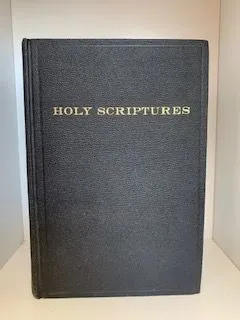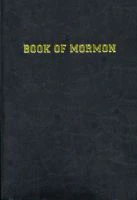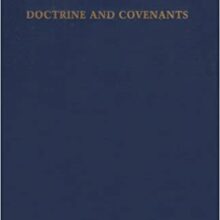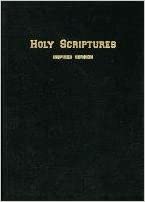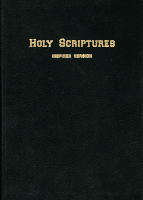The Prophet Joseph Smith, Jr., was inspired to correct the King James Version of the Bible. With Sidney Rigdon acting as his scribe, he spent much time between 1830 and 1833 in this endeavor. The Inspired Version was first published in 1867 by the Reorganized Church of Jesus Christ of Latter Day Saints under the leadership of Joseph Smith III. While Israel A. Smith was prophet-president of the Church, he published the following as an article in the Saints’ Herald for January 28, 1957, pages 18-20.
“Thou shalt ask, and my Scriptures shall be given as I have appointed, and they shall be preserved in safety; and it is expedient that thou shouldst hold thy peace concerning them, and not teach them until thou hast received them in full. And I give unto you a commandment, that then ye shall teach them unto all men; for they shall be taught unto all nations, kindreds, tongues, and people” (Doctrine and Covenants 42:15).
In visiting the congregations of the Church I generally try to talk about matters that are distinctly Latter Day Saint. About ten or twelve years ago I got an outline of my own, which satisfied me at the time, with respect to the Inspired Version of the Bible, recommending it to the saints at various places and giving my views in regard to and support of it. The recent coming out of the Revised Standard Version of the Bible has revived my interest in the Inspired Version. How fortunate it was, as I view it, that Joseph Smith wrote into the first “Epitome of Faith” that we believe the Bible “contains the word of God in so far as it is correctly translated,” at a time when so many churches — practically all of them — were taking the position that the Scriptures were infallible, that every word in the Holy Bible was divine, and that their members should abide by everything in the record.
When this new Bible came out about three years ago, I found this statement [in it] with respect to the King James Version, which was a popular version and the one which was in use by Joseph Smith. (We have in our vault in the Auditorium the very Bible which he used in the work of correcting the Scriptures.)
